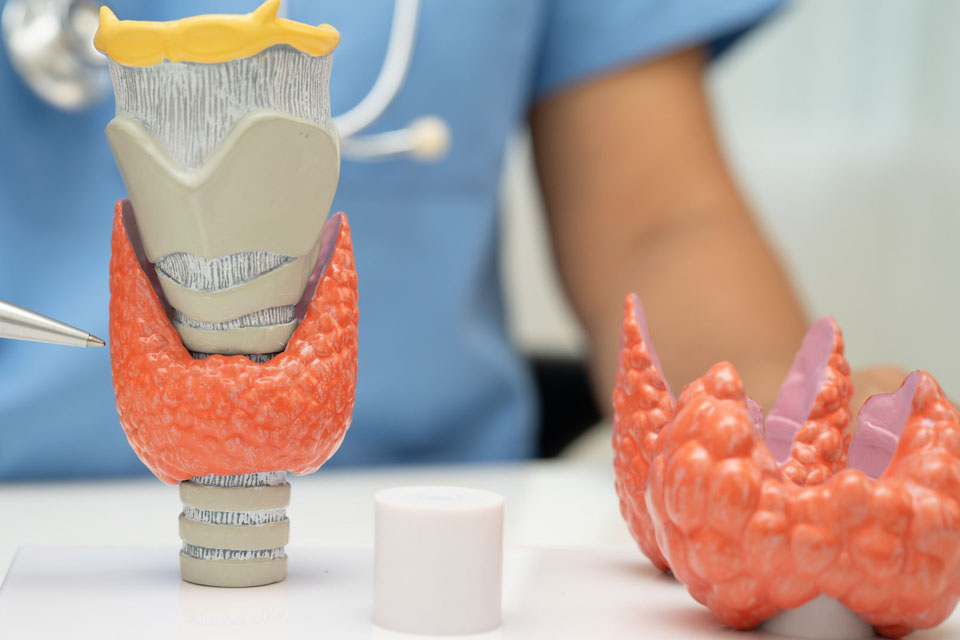On September 15, the world focuses on lymphoma – a disease that can remain hidden for a long time but is treatable if detected in time. According to HR-Pharma experts, knowledge and awareness can save lives, which is why we want to present in clear, simple terms what everyone should know about this ’silent disease’.
What is lymphoma?
Lymphoma is a disease of the lymphatic system. This network is responsible for helping our body defend itself against infections. However, when lymph cells begin to multiply abnormally, lymphoma can develop. There are two main types:
- Hodgkin lymphoma – less common, but with a good chance of successful treatment,
- Non-Hodgkin lymphoma – more common and can appear in several different forms.
In both cases, early diagnosis plays a crucial role in successful treatment.
Symptoms not to ignore
Lymphoma may remain hidden in the early stages, showing only faint, everyday clues that are easy to underestimate:
- painless swelling of lymph nodes in the neck, armpit, or groin, night sweats not caused by a warm room,
- unexpected and unexplained weight loss as well as persistent fatigue that does not improve with rest.
If you notice any of these symptoms, don’t delay seeking medical advice.
The importance of prevention
Unfortunately, lymphoma cannot always be prevented, but much can be done to ensure it is recognized in time. A health-conscious lifestyle, including a balanced diet, regular exercise, and avoiding smoking, can help strengthen the body’s defenses.
Most important, however, are regular screenings and laboratory checks, especially if persistent symptoms occur or if there is a family history of cancer. Blood tests and other lab examinations can assist doctors in detecting abnormalities early, allowing treatment to begin as soon as possible.
How can it be treated?
Today, there are several options available for the treatment of lymphoma: chemotherapy, radiation therapy, immunotherapy, and targeted medicines that have revolutionized care. The key to success, however, is time: the earlier the disease is detected, the better the chances of recovery.



